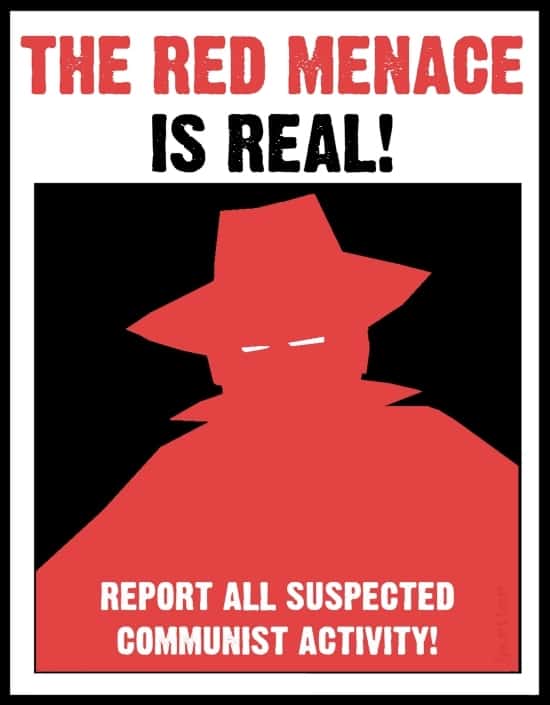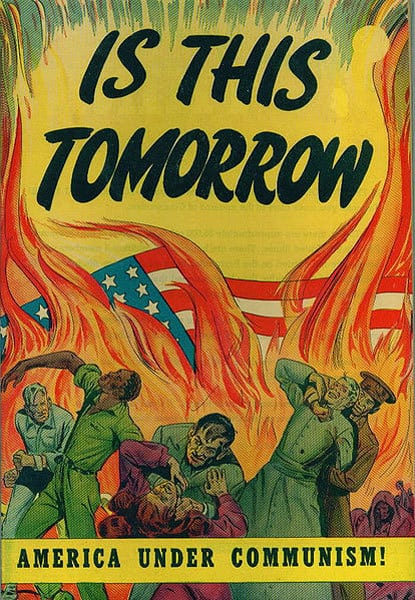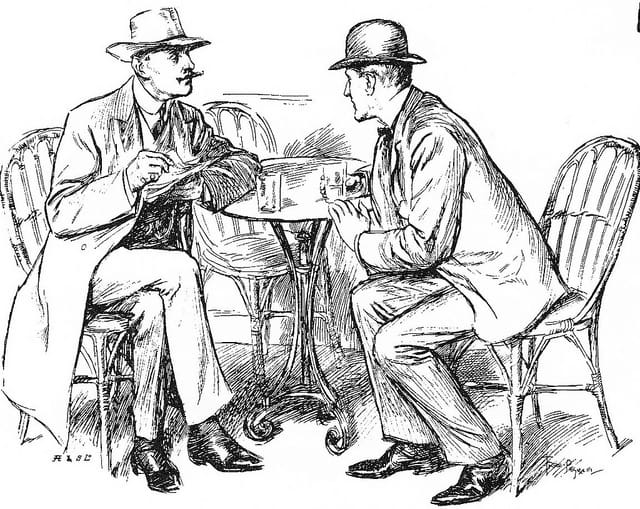For use with the Nikkei Center Suitcase, I wanted to create a lesson that could be used in upper elementary. This is the age range that most often checks out the suitcases. However, one has to be discerning of what one can discuss with students at that age, and for the most part, I left that up to the person teaching the lesson. Therefore, this lesson focuses more on the changes in physical features. It is a compare and contrast lesson on the past and future. There are elements of history, current day features, discussion and writing. This is a lesson that focuses on Japan town before Japanese Incarceration during World War II. Students will gain an understanding of change over a long period of time as well as some of the causes for that change. Students will also gain some writing practice.
It was very interesting learning about a part of this city’s history. I feel that this lesson can be used and modified across the elementary grades and that it will give a foundation of deeper learning about the situation in the future. Having written several lessons at the third grade level at this point, I believe that this is both appropriate and useful at that grade.This lesson is merely a guide to a deeper lesson. Teachers may chose to modify it as they see fit for their classroom or grade level.
Teacher: Location:
Class/Topic: Social Studies
Time: approx. 35 minutes for discussion and some writing time. Might be a good supplement for regular writing lesson.
Grade Level: 3-5 Date:
Overview:
This lesson would be a basic overview of how things have changed in what used to be Japantown (and is now partly Chinatown) and what might have caused physical features as well as themes and ideas to change. To do this, students will look at old images; find similarities and differences to their own experiences and time. Then students will discuss and write about these themes. This is a lesson on the general Japanese-American experience before Japanese Incarceration occurred during WWII.
Goal:
- Students will gain a familiarity with how and why things change over time.
- Students will be able to discuss things stay the same across time and how things change.
Rationale:
Students will be gaining knowledge of how to work with images and documents as well as gaining familiarity over their own community as it was in the past and how it is now. This will also give them experience in finding similarities and differences as well as some writing skills.
More: Download Incarceration Lesson PDF version of the complete lesson (81kb)
Image Credit: http://www.oregonencyclopedia.org/entry/view/oregon_nikkei_legacy_center/




